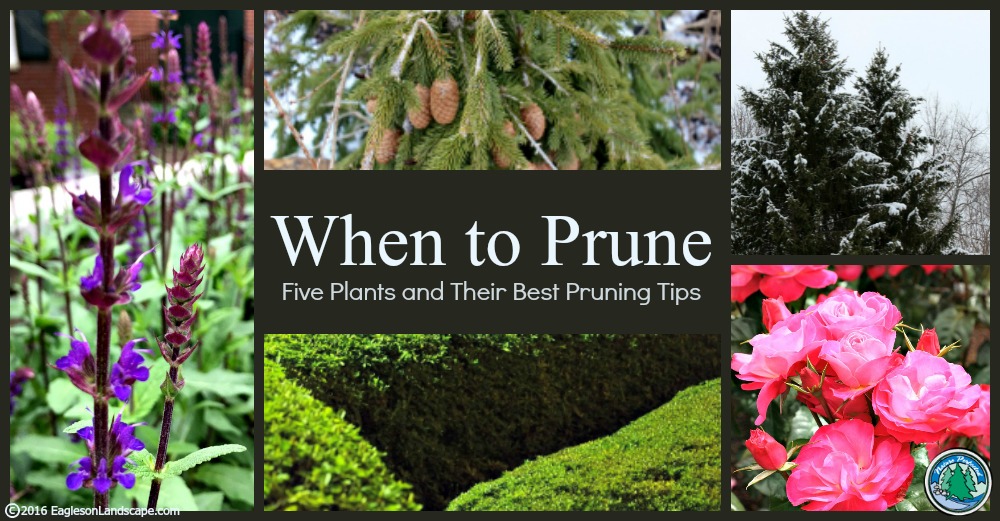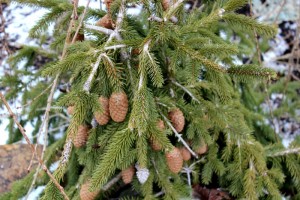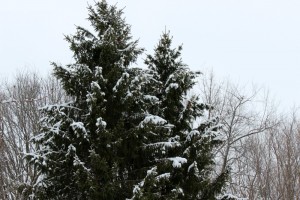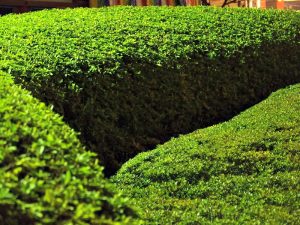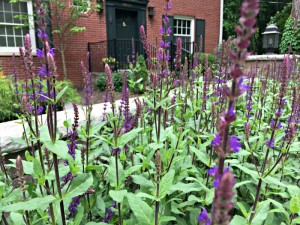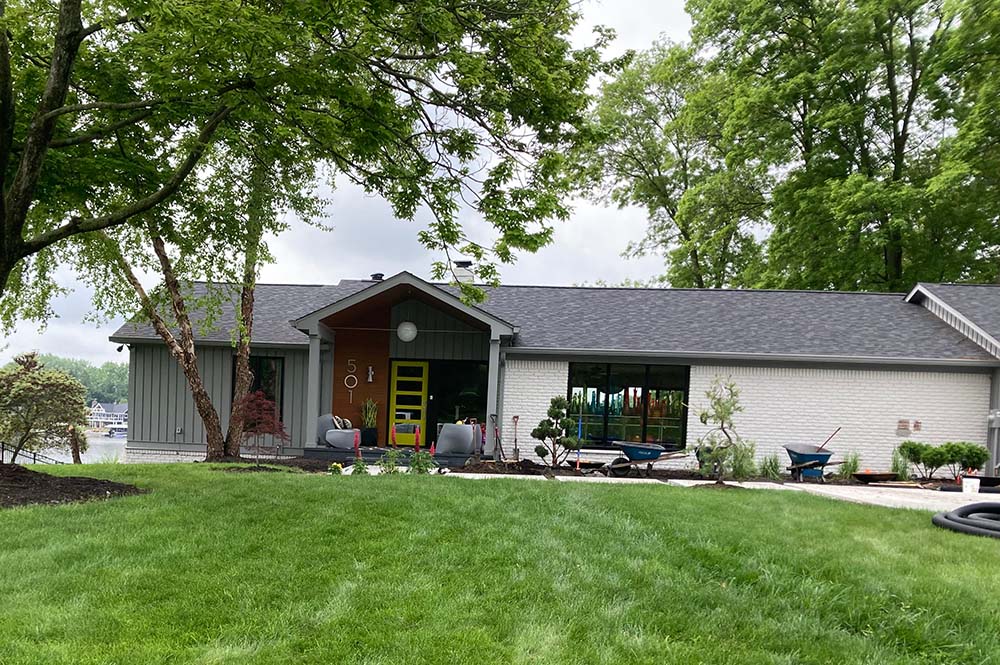Many trees, shrubs and flowers benefit from pruning—it improves their overall health and can help extend blooming periods. However, it takes the right knowledge of when to prune, how, and why. Many plants need to be trimmed a certain way for the best results. Here are five common plants and their pruning methods that will help you keep them healthy and looking great:
Pines
When to Prune: Spring
Pines sprout new growths, called candles, in spring. These, and any dead or diseased parts should be pruned to the next node on the branch. Don’t take full branches off pines unless they’re dead; pine branches will not grow back if you cut them. Often the bottom branches die on pines and become pointed tines. These can be cut off completely to avoid your pine looking spiny.
When to Prune: Early Spring and Midsummer
Trim spruces, and any evergreen other than pines, before any new growth comes out during spring, which is their growing season when their sap is moving the most. Or, you can also prune during their dormant period in midsummer. Evergreens do not recover quite as well from heavy pruning, so cut back to the nearest branch piece by piece rather than in big hunks. We do not recommend shearing, or taking off all the lower limbs.
Roses
When to Prune: Early Spring and Late Fall
Roses bloom on new wood, and a good trimming gives you a more beautiful rose bush. Cut back 10-12 inches to the nearest node. Once the roses bloom, deadhead the bush—that helps it bloom more during the year. The second time you trim, cut 4-6 inches off to the nearest node. Roses tend to be highly susceptible to diseases, so it is vital to remove all dead and sick branches. Generally, rose bushes will grow clumpy. Cutting out the dead foliage keeps them open so moisture, insects and disease don’t sit inside. Most varieties of roses require repeated attention; only a few, like knock-out roses, don’t need as much maintenance. Roses are gorgeous, but you have to work for them.
When to Prune: Spring
Boxwoods and yews have basically the same pruning needs. They tolerate shearing pretty well, but shaping them properly is what will keep them healthy. You should prune them in a mushroom-like shape—a domed top, pruning evenly on either sides. Be careful not to shear too deep—you’ll make a big hole in your plant. The more common practice is called meat-balling when you take your power shears and cut your shrubs into little round balls. However, this method is not always best in the long run for the plant, as it makes the base narrow, undermining its strength. Shearing gives you a more formal look, but you can also hand prune for a natural, open shape. Other than boxwoods, yews and barberries, other plants should not be sheared. They will not be able to tolerate it for long.
When to Prune: Spring
Each time your salvia flowers die, snip the deadheads off and the plant will keep flowering for you all season. You can break them off with your fingers or use pruners. Make sure to deadhead before it seeds so the plant won’t waste energy producing them. You can prune whenever you notice the blooms looking limp and brown.
Remember, pruning can be done by anyone, but patience, knowledge and practice are extremely important! To learn more about pruning, see “Pruning Tips” and “Pruning in Winter”, or email or call our landscaping experts with your questions at 317-997-4803.
Eagleson Landscape Company provides landscape and hardscape services in the Greater Indianapolis area, including Carmel, Zionsville, Westfield, Fishers and Geist.

